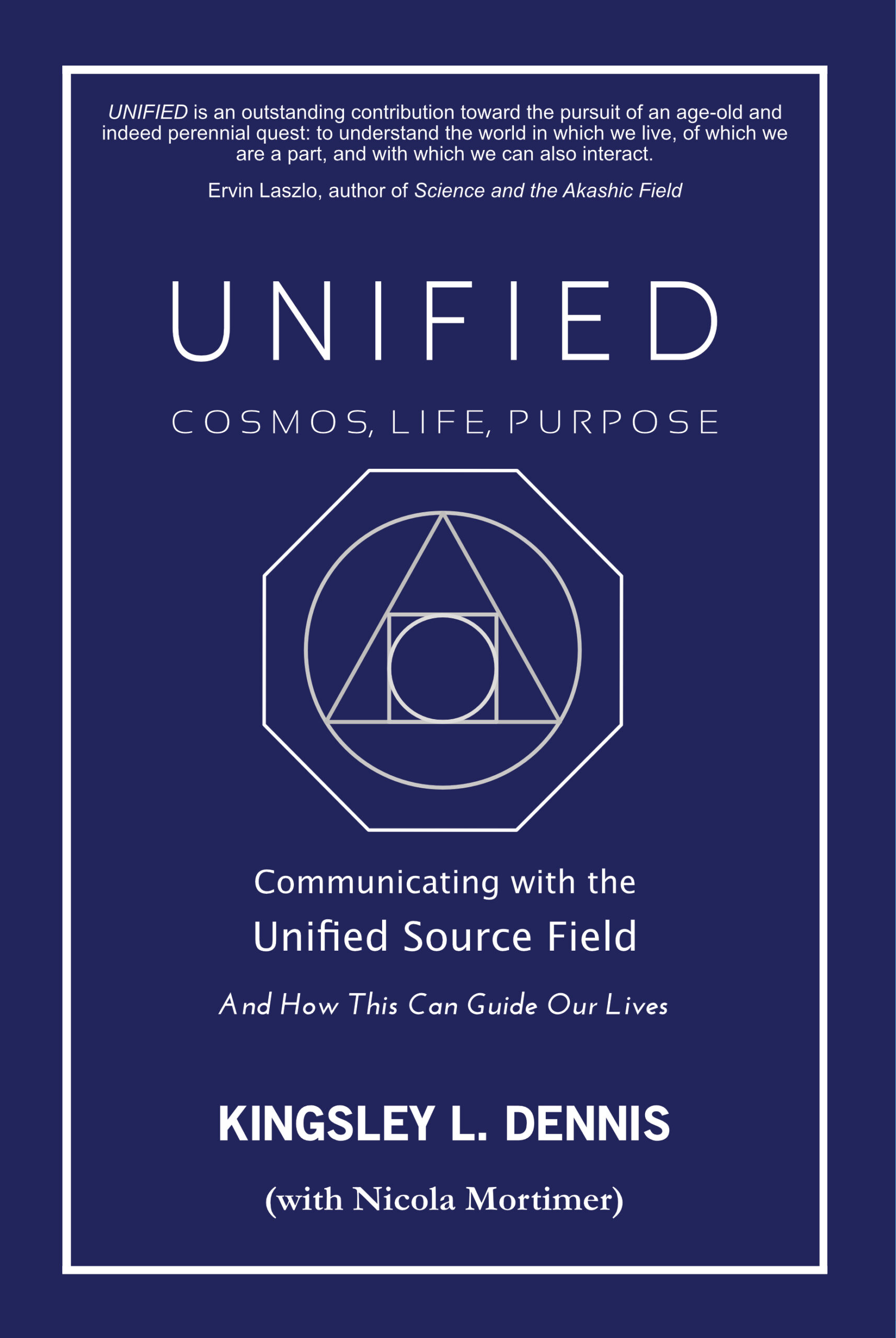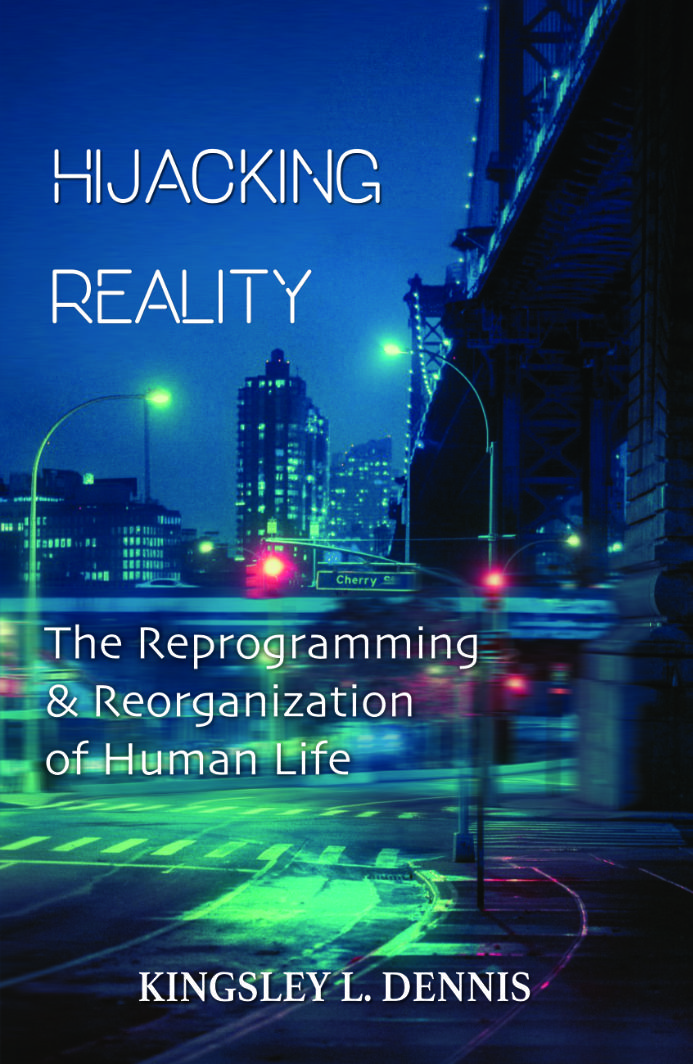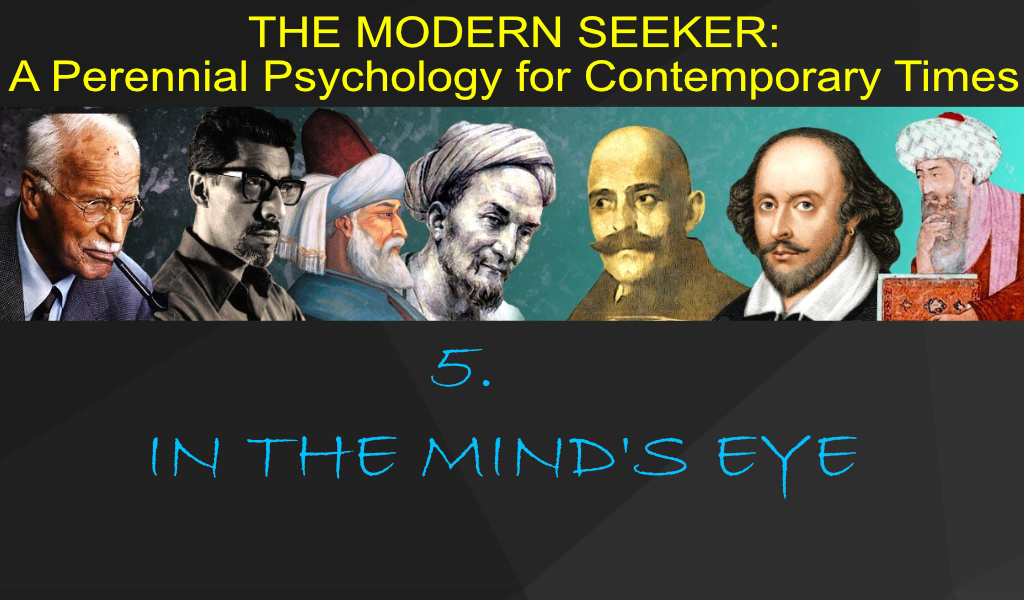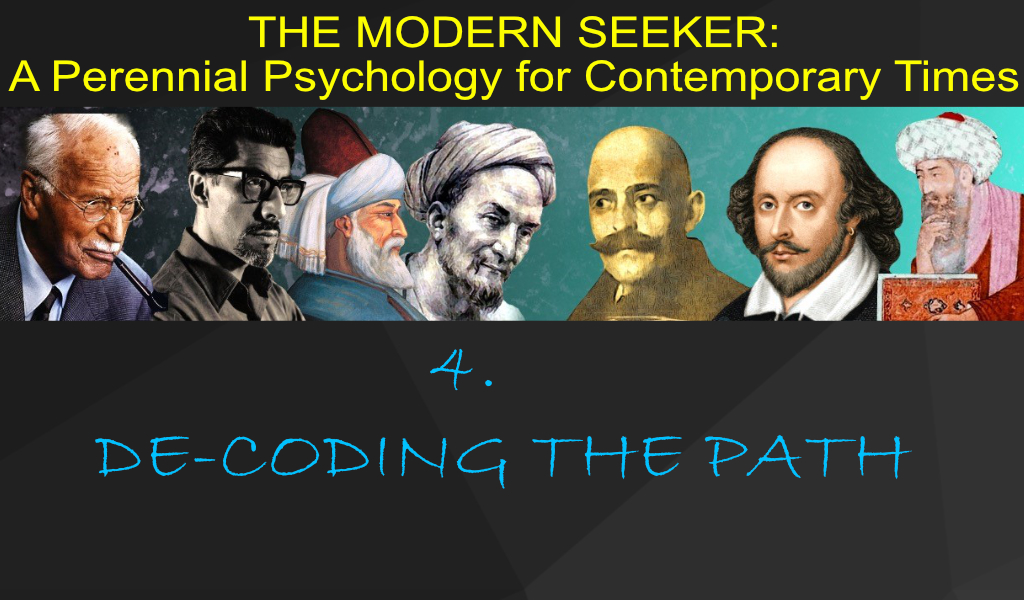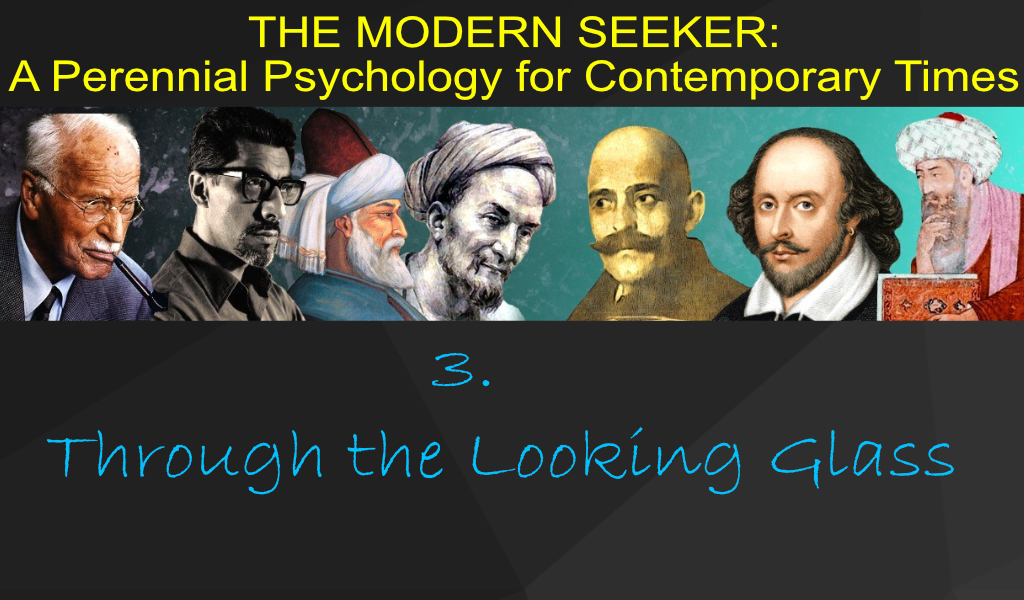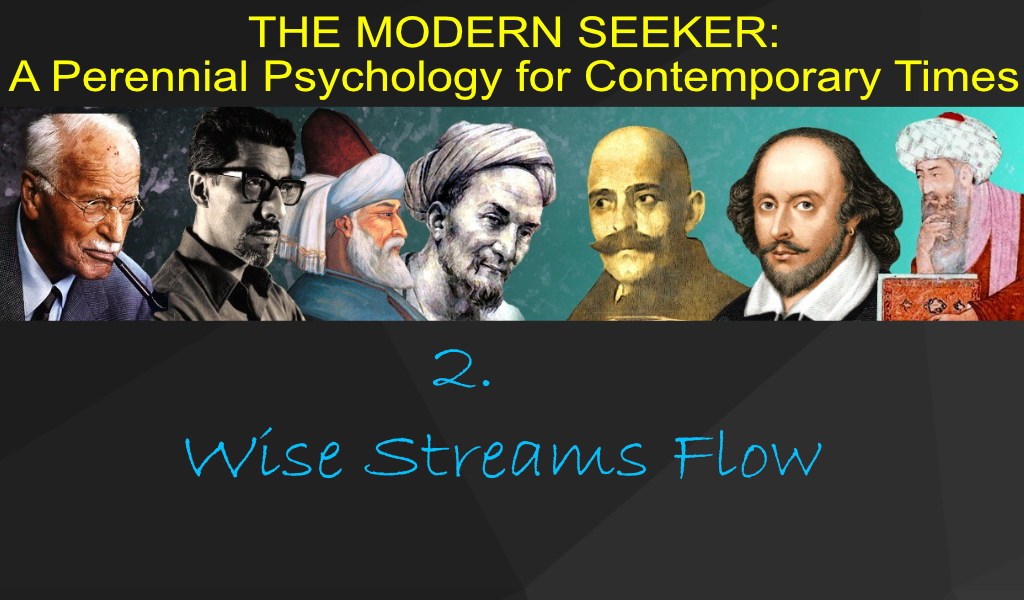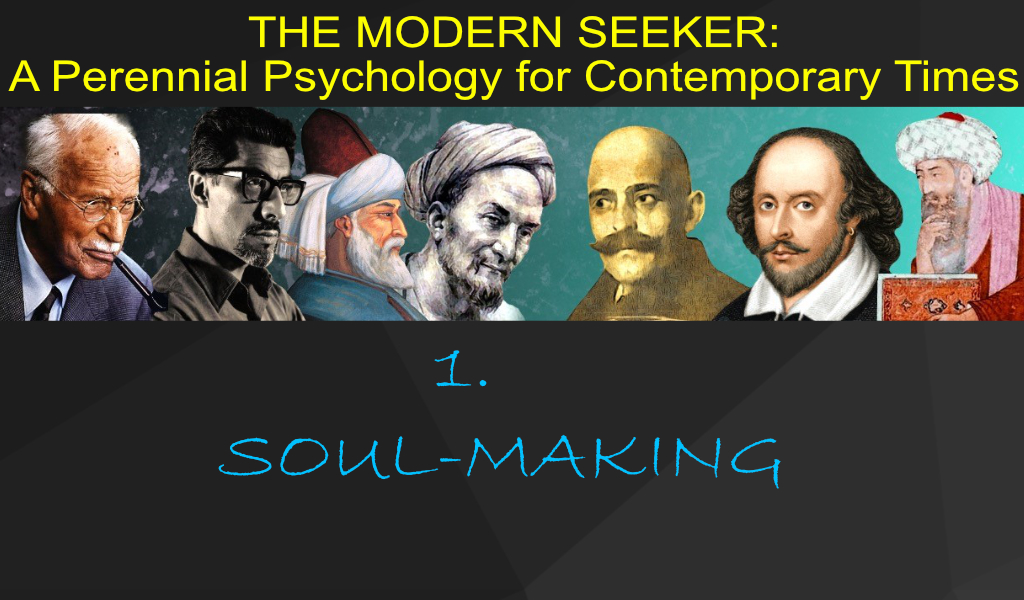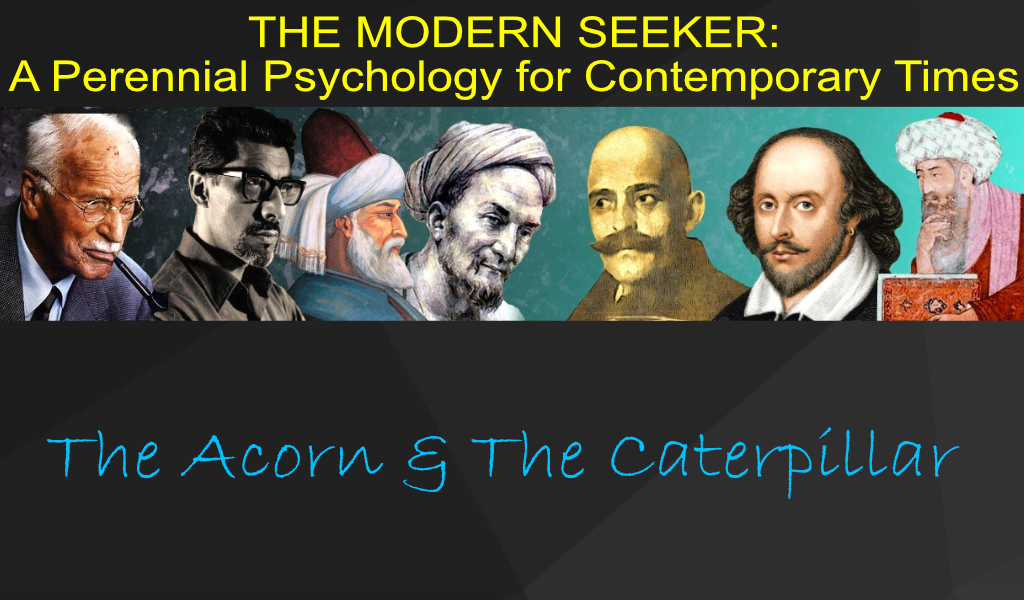It is now becoming more evident every day that our global society is experiencing an array of crises that could, through a combination of complex interplay, create some potentially dangerous shifts — or ‘tipping-points’ — for our everyday social lives. On one hand we are nearing a cusp in how we have abused our natural environment through a combination of deliberate human interventions (climatic and environmental pollution; depletion of natural resources; unsustainable population growth; accelerated urban expansion, etc). On the other hand there is a growing feeling within many people that something is seriously out-of-balance with the present human condition. In all cases there is a considerable recognition that human progress has become disharmonious.
At such moments we feel our vulnerability more clearly; and when our human, social, and environmental systems are vulnerable, they are wide open to be ‘shifted’ through even the smallest of impacts. Like a mountain of sand that we used to build as children on the beach — that one final grain placed at the top could be enough to topple the whole mountain. The sciences of complexity call such periods as moments of ‘self-organized criticality’. Such critically self-organized systems might become catastrophically unstable if simultaneous impacts leave it unable to organize and maintain its self-organized state. This has occurred previously in the history of human societies, and the result has been a resounding collapse.i
Our planetary human society has entered such a moment of heightened criticality. The future then will not be the same as it has been, nor can it continue along current linear trends: global society now finds itself in new territory, and on the verge of major local and global transformations. Increasingly we are reading headlines about extreme weather; from droughts in China and Australia, to floods in North America, increased cyclone activity, seismic shakes across many regions, and devastating hurricanes hitting tropical coastlines. On top of this we hear about financial meltdowns; impending oil shortages and peak-oil arguments; avian flu cases on the rise; acts of domestic and international aggression; civil unrest; etc — the list goes on. It is not surprising then that many of us feel instinctively that things are out of control and that our societies are facing a very possible collapse. Our social-global systems are stressed to the max already, and what differentiates a minor crisis from a major one is when our vulnerable social systems are hit by multiple shocks simultaneously. We are, in two words — stressed out. Already some social commentators are making parallels between ancient Rome and our modern global civilization.
Leading sociologists have shown that societies are far more likely to break down when they’re overloaded by converging stresses; for example, rapid population growth, resources depletion, and economic decline. As the quality and quantity of stresses increase society tends to respond by making its internal institutions more complex. As a state/nation/civilization increases its level of internal complexity, more energy is required to stabilize the system and maintain its working capacity. In other words, the complexity of any system must be regularly fed by an appropriate degree of available energy and resources. Not only does this strategy cause a great strain on resources, but it also makes the ‘efficiency’ of the system so sensitive that it becomes more vulnerable to shocks. This efficiency not only limits the flexibility of the system but also ensures that the system’s high connectedness helps any shock travel farther and faster across the system.
The overall net effect is that the system becomes more rigid and frail. In other words, it loses its resilience. Anthropologist and historian Joseph Tainter, in his book The Collapse of Complex Societies, noted how these very same principles could be seen as triggers for the collapse of the Maya and Roman civilizations. In other words, the significant trigger for societal collapse was not solely environmental mismanagement but importantly the rate of return of energetic investments required to maintain the level of social complexity. In worrying comparison, Tainter sees that the energetic returns on our present investments are diminishing; making our modern global world open to the same type of stresses that were responsible for the collapse of prior civilizations. Large system failures almost inevitably make their waves into local personal circles. We may not always think that what goes on globally may affect us – yet the ripples inevitably reach us.
Breakdown, however, may also be the catalyst required in order to make the ‘breakthrough’. Often the shifts between different kinds of epochs require disruptive energy; if only at times to clear away the brushwood, to sweep the house clean for new occupancy. This metaphor, of pruning, may sound somewhat flippant when involving the lives of thousands — if not millions — of people. Social evolution, however, tends to operate at a much larger macro-scale, for which we must acknowledge. Disruptive times have often been the catalyst for the implementation of radical change. That is, the breakthrough scenario requires us to be positive about using the disruptions as opportunities for growth. Such moments spur us into re-thinking our current lifestyles, our levels of consumerism, credit/debt, wastefulness, and extravagant excess. It also triggers us to recognize our dependencies, our complacencies, and those everyday things we have taken for granted.
It is my own view that we can — and will — make the shift ‘in time’ towards a positive breakthrough. However, whether this will be a smooth ride or not will depend largely upon our own individual and collective actions and responses. Collective humanity possesses great capacity for resilience and re-adaptation. Within us we have the capacity to facilitate a perceptual shift within our various social realities: we can, quite literally, change our minds. Part of this change may come through a new renaissance that has been slowing gestating within our cultures and societies and that is now emerging through our social networks, relationships, lifestyles and communities. We are not lacking in the creative vision and energies needed to shift into a more harmonious and sustainable global future for ourselves and the planet. There is enough available creative energy to support the human venture, and such energies will multiply when expressed through positive collaborative sharing and constructive efforts. Our central focus should now be on our continued growth and development, our resourceful capacities to further our limits and break the old limiting paradigms. Our human narrative must now be one of integration and collaboration — not one of fragmentation and competition.




